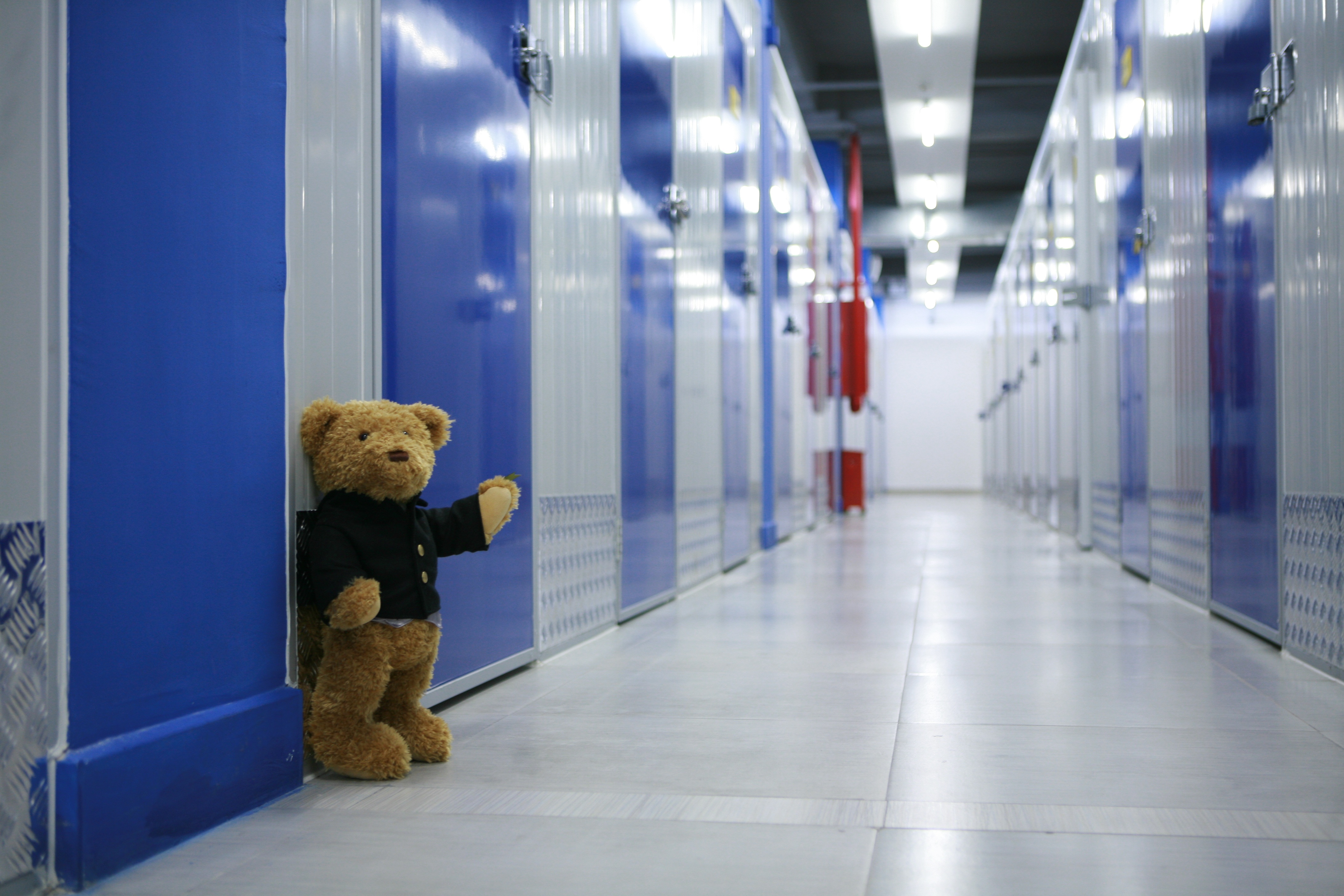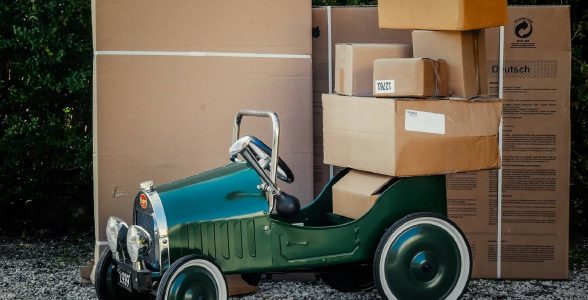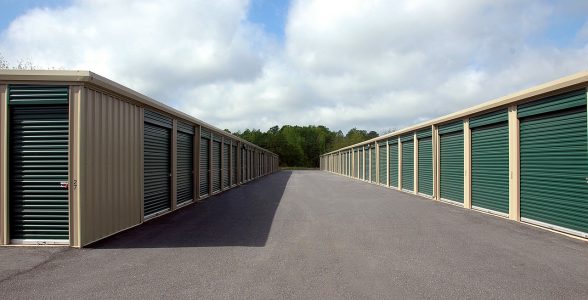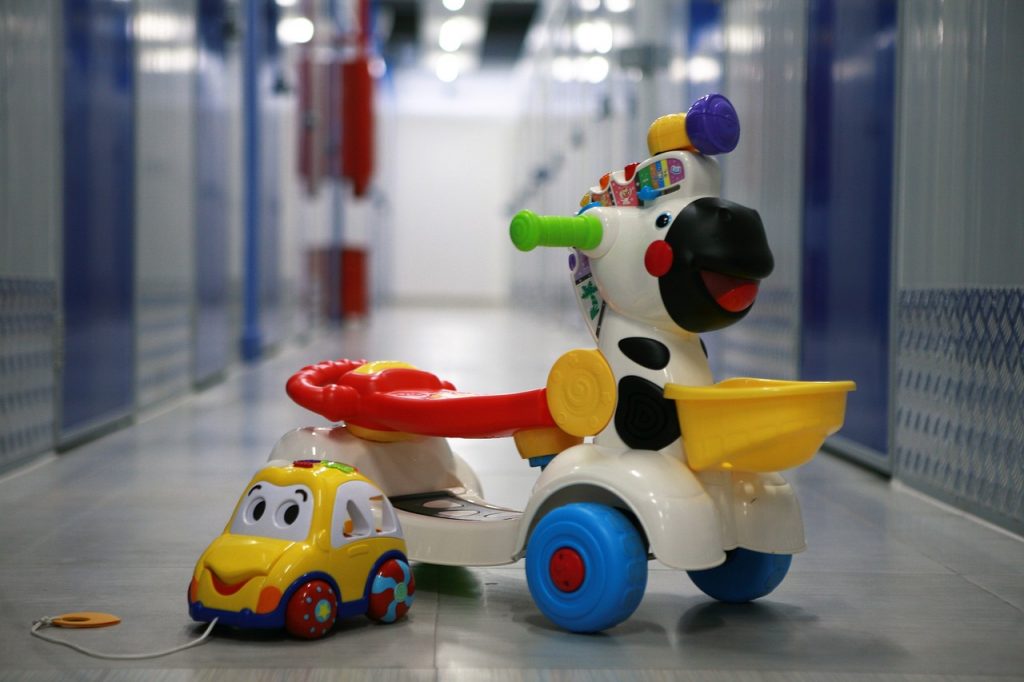How Movers Professionally Pack Boxes During a Move
On average, a standard 2-bedroom house takes around 3 to 5 hours to move successfully. That’s just the amount of time it takes to pack the bags and boxes you’ve already organized. When considering the amount of time it takes to get all of your belongings prepared for the move, that 3 to 5 hours seems like nothing. It’s a good idea to take some tips from professional movers to make your move more efficient, quicker, and less stressful.
Label all of your boxes.
While it might seem tedious, labeling your boxes has several benefits. First and foremost, it’s a surefire way to keep track of your belongings. When unloading, you’ll know exactly where to put individual bags and boxes. This way, you’re not stuck with a crowded entryway. Organization is priority number one for professional movers since they have no time to waste on a poorly planned move. Labeling boxes is an easy way to accomplish this goal.
Heavier items always go on the bottom.
An uneven weight distribution makes it very difficult to carry a box, especially when dealing with larger ones. Professionals like these Tampa movers note that placing the heaviest items on the bottom can solve this problem quickly. Not only are you avoiding the problem of balance, but you’re also protecting all of your other belongings. Lighter items could be damaged when heavier ones are on top.
Don’t go overboard on the taping.
There’s a happy medium you can find between leaving your moving boxes open and taping them up like a mummy. Two strips of tape across the opening should suffice. If you end up using too little, the box could open, and the contents could be damaged. While a lot of tapes will protect your belongings, you’ll have a hard time unpacking once you complete the move. It’s best to use just the right amount for a more efficient process overall.
Find the right sizes to use.
Boxes come in all different sizes. While you might want only to use the largest options to fit more stuff, it’s not a bad idea to use some variety. There’s not a one-size-fits-all dimension that’s perfect for all of the items you need to move. For example, your TV is going to require a much different box than your microwave and so-on. Feel free to ask around at local stores to see if they have any leftover boxes you could have for free.
Avoid leaving empty spaces.
Think about moving like a giant game of Tetris. If possible, you want to avoid leaving any open spaces in your boxes. The more empty spaces you have, the more boxes you’ll need. It either results in a larger truck or taking more trips. Either way, you’re spending more money. Take your time and try to fill up each box to the brim. You could even make a pile of smaller, awkwardly-shaped items that you place in a box to fill up space whenever necessary.









